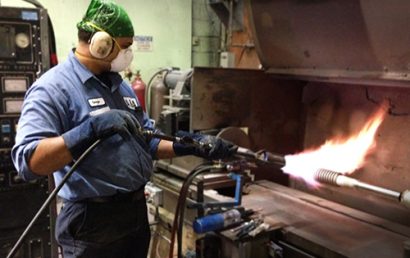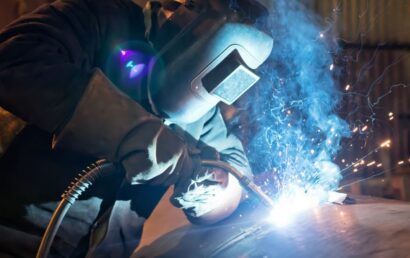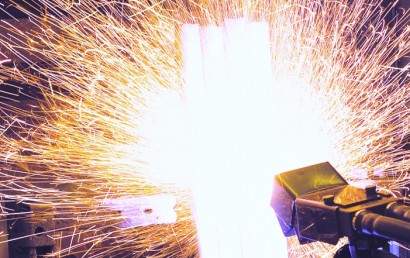Understanding Vacuum Metalizing Processes
Vacuum metalizing has become a popular spray coating technique since it offers a coating that is even and free of excessive buildup, with an exterior that is decorative and customizable. But how does it work? Below is an overview of the process and the many advantages it provides to restoration specialists.
How it Works
Vacuum metallization involves the evaporating of metals, usually aluminum, within a vacuumed chamber where it will be bonded to a substrate. This is the standard physical vapor deposition technique (PVD) which is used by many industries for coating, though there are others. The main advantages of PVD include:
- A more durable and consistent application
- More affordable than competing processes
- Addresses a wide range of decorative and functional coating needs while solving various manufacturing coating challenges
- More eco-friendly when compared to other coating techniques
Vacuum metallization is the option of choice in scenarios where you need a barrier against vapor or moisture, protection from electronic-based interference, distinct reflective qualities and elevated tolerances for attributes like coating, adhesion and uniformity. A standard PVD facility will contain numerous automated vacuumed chambers which can be used for magnetron sputtering and thermal evaporation, and will have chambers of varying sizes for specific component shapes and applications.
Phase 1: Component Loading and Tooling
The contractor will begin with fabrication for customized tooling fixtures. This will be done to hold then mask the components during vacuum metallization and painting. The tooling fixtures will offer maximum efficiency in terms of the component number within the fixture as well as fixture handling for the processing.
Phase 2: Applying the Basecoat
For metallic and chrome coatings as well as reflective finishes, the contractor will use a primer that is specially formulated (the basecoat). It will be applied for the purpose of promoting adhesion while offering a surface that is smooth for the paint finish and metalizing. A lot of contractors have developed their own proprietary coatings, which can be applied to multiple substrates such as flexible plastic.
Phase 3: Vacuum Metallization
During this phase, tooling fixtures will be positioned onto carousels which are then loaded inside a vacuum chamber. The predetermined vacuumed level will be obtained prior to the current being transmitted to an evaporation source. This source will usually be tungsten filament which is loaded with aluminum alloy. Next, a current will heat up the filament, making its alloy evaporate which results in the formation of the vapor cloud which bonds to the components. A tooling fixture will rotate before evaporation sources so the coating is uniform.
Phase 4: Applying the Topcoat
When needed, the topcoat will be applied to increase resistance to things such as abrasion, chemicals and moisture. Topcoat comes in multiple forms and may be decorative and functional. Some of the most popular include tinted and dyed topcoat which provides the appearance of metals like chrome, bronze or gold as well as industrial coatings like ceramic and Teflon and UV cured or 2K urethane coats that are clear with resistance to abrasion.



